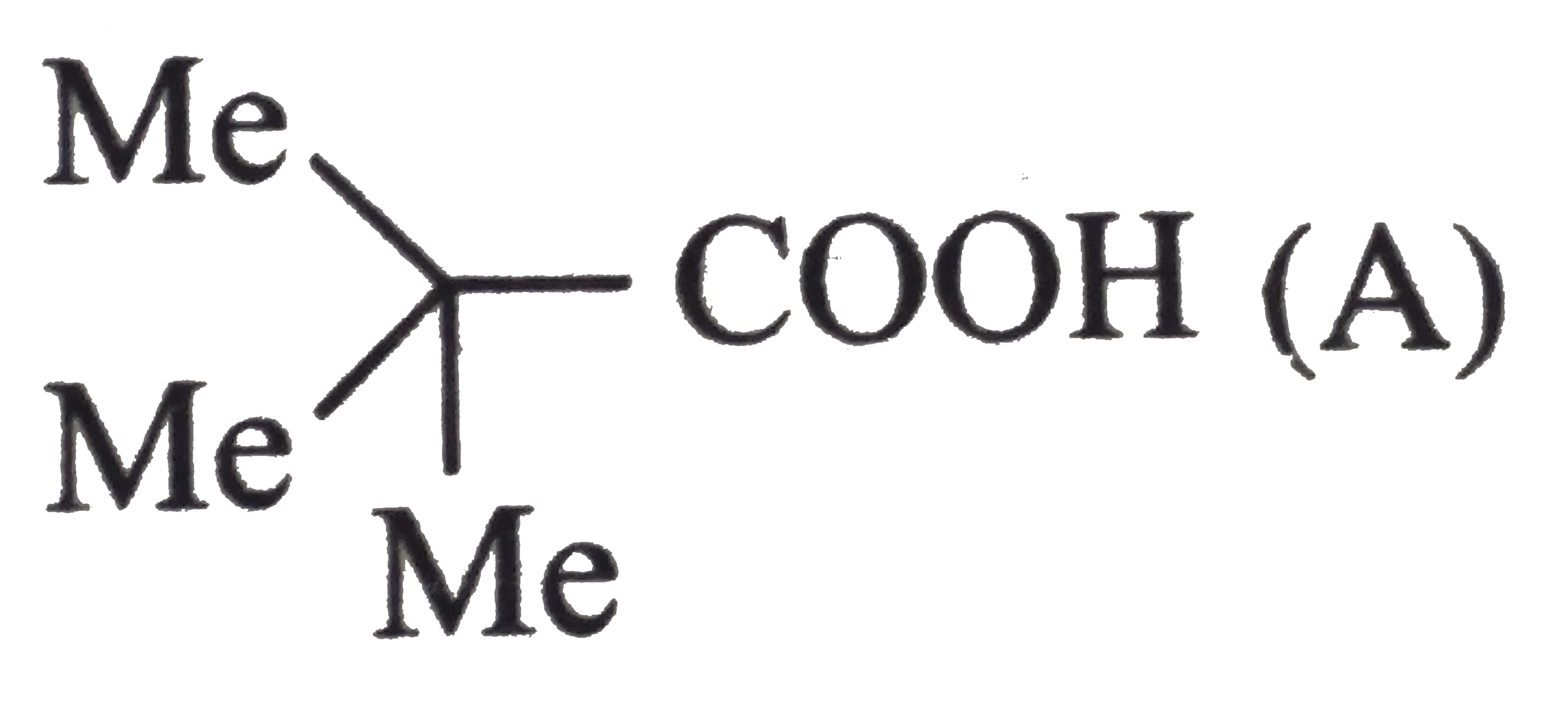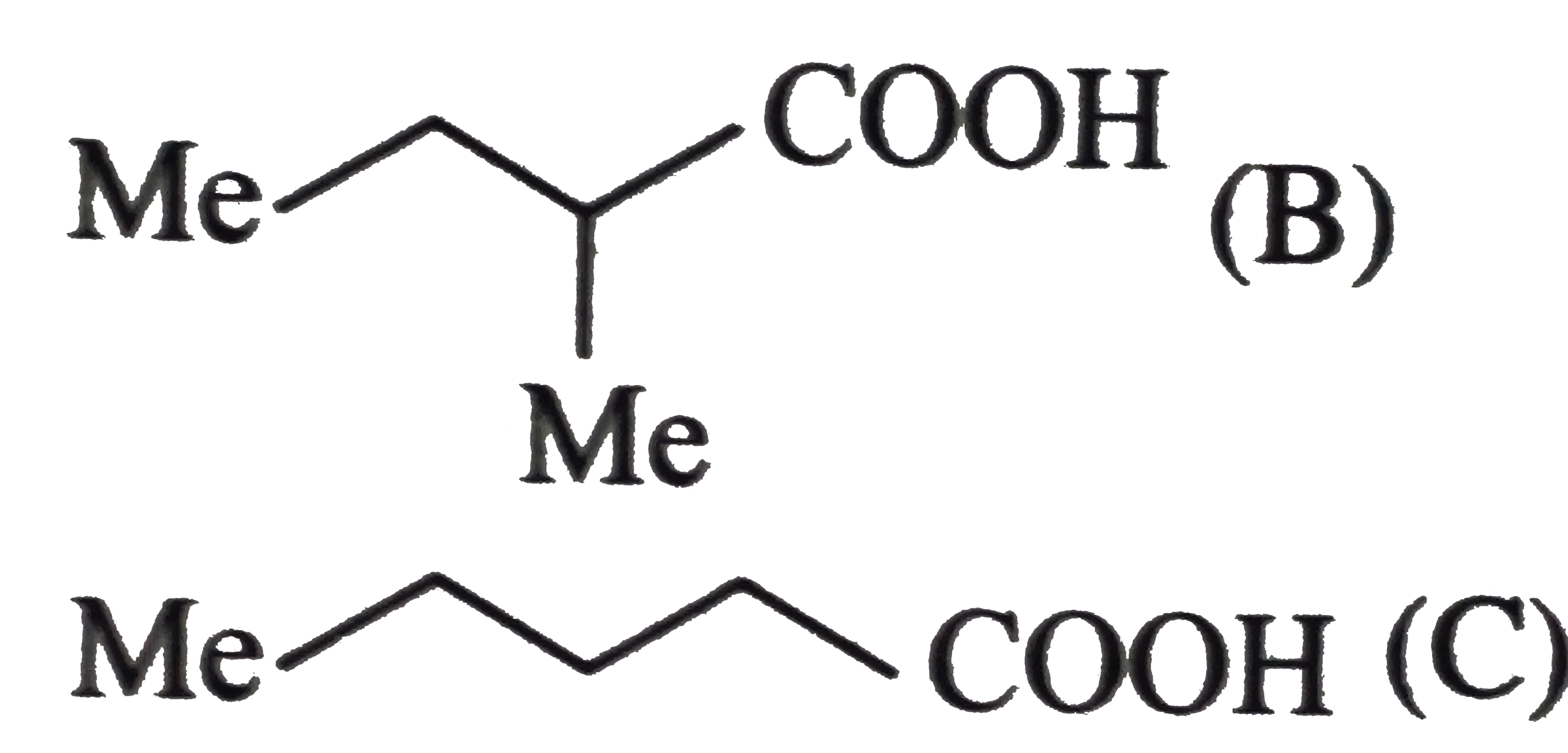Differentiate between the following
Dorsiventral and Isobilateral leaf
Step-by-Step Solution:
1. Definition of Dorsiventral Leaf:
- Dorsiventral leaves are characterized by having distinct dorsal (upper) and ventral (lower) surfaces. This means that the two sides of the leaf are different in structure and appearance.
2. Examples of Dorsiventral Leaves:
- These types of leaves are commonly found in dicotyledonous (dicot) plants. Examples include leaves of plants like beans, sunflowers, and roses.
3. Definition of Isobilateral Leaf:
- Isobilateral leaves, on the other hand, have similar dorsal and ventral surfaces. This means that both sides of the leaf are structurally similar and do not show significant differences.
4. Examples of Isobilateral Leaves:
- Isobilateral leaves are typically found in monocotyledonous (monocot) plants. Examples include leaves of grasses, lilies, and palms.
5. Key Differences:
- The main difference lies in the structure of the leaf surfaces: dorsiventral leaves have distinct upper and lower surfaces, while isobilateral leaves have similar surfaces on both sides.
- Dorsiventral leaves are primarily found in dicots, whereas isobilateral leaves are found in monocots.
Summary of Differences:
| Feature | Dorsiventral Leaf | Isobilateral Leaf |
|---------------------------|------------------------------------|-----------------------------------|
| Surface Structure | Distinct dorsal and ventral surfaces | Similar dorsal and ventral surfaces |
| Commonly Found In | Dicotyledonous plants | Monocotyledonous plants |
| Examples | Beans, sunflowers, roses | Grasses, lilies, palms |
- Dorsiventral leaves are characterized by having distinct dorsal (upper) and ventral (lower) surfaces. This means that the two sides of the leaf are different in structure and appearance.
- These types of leaves are commonly found in dicotyledonous (dicot) plants. Examples include leaves of plants like beans, sunflowers, and roses.
- Isobilateral leaves, on the other hand, have similar dorsal and ventral surfaces. This means that both sides of the leaf are structurally similar and do not show significant differences.
- Isobilateral leaves are typically found in monocotyledonous (monocot) plants. Examples include leaves of grasses, lilies, and palms.
- The main difference lies in the structure of the leaf surfaces: dorsiventral leaves have distinct upper and lower surfaces, while isobilateral leaves have similar surfaces on both sides.
- Dorsiventral leaves are primarily found in dicots, whereas isobilateral leaves are found in monocots.
| Feature | Dorsiventral Leaf | Isobilateral Leaf |
|---------------------------|------------------------------------|-----------------------------------|
| Surface Structure | Distinct dorsal and ventral surfaces | Similar dorsal and ventral surfaces |
| Commonly Found In | Dicotyledonous plants | Monocotyledonous plants |
| Examples | Beans, sunflowers, roses | Grasses, lilies, palms |
Topper's Solved these Questions
- BOOK - ICSECHAPTER - ANATOMY OF FLOWERING PLANTS - PLANT TISSUESEXERCISE - REVIEW QUESTIONS (VERY SHORT ANSWER TYPE QUESTIONS)50videos
ANATOMY OF FLOWERING PLANTS - PLANT TISSUES
- BOOK - ICSECHAPTER - ANATOMY OF FLOWERING PLANTS - PLANT TISSUESEXERCISE - REVIEW QUESTIONS (SHORT ANSWER TYPE QUESTIONS)40videos
ANATOMY OF FLOWERING PLANTS - PLANT TISSUES
- BOOK - ICSECHAPTER - ANATOMY OF FLOWERING PLANTS - PLANT TISSUESEXERCISE - REVIEW QUESTIONS (FILL IN THE BLANKS)5videos
ANATOMY OF FLOWERING PLANTS - PLANT TISSUES
- BOOK - ICSECHAPTER - ANATOMY OF FLOWERING PLANTS EXERCISE - Ncert Exercises (Differentiate Between )23videos
ANATOMY OF FLOWERING PLANTS
- BOOK - ICSECHAPTER - ANIMAL KINGDOMEXERCISE - Ncert Exercises (Differentiate between )11videos
ANIMAL KINGDOM
Similar Questions
Differentiate between the following:
Diffusion and osmosisView SolutionDifferentiate between the following:
Pepsin and TrypsinView SolutionDifferentiate between the following:
Seed and fruitView SolutionDifferentiate between the following :
Spines and TendrilsView SolutionDifferentiate between the following:
Lotus and HydrillaView SolutionDifferentiate between the following:
Calyx and corollaView SolutionDifferentiate between the following:
Stamen and carpelView SolutionDifferentiate between the following acids :
(a)
(b) View Solution
View SolutionDifferentiate between the following
Fusiform and Roy initialsView SolutionDifferentiate between the following
Tunica and CorpusView Solution

